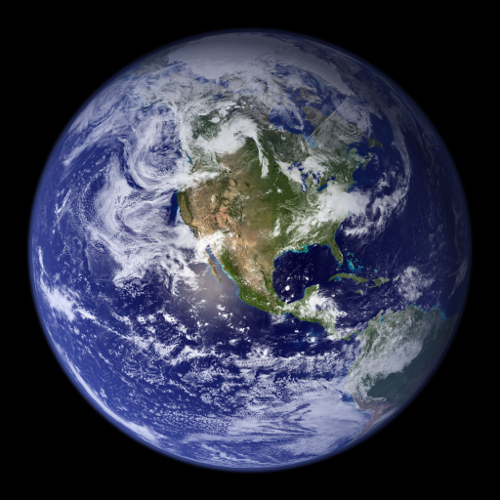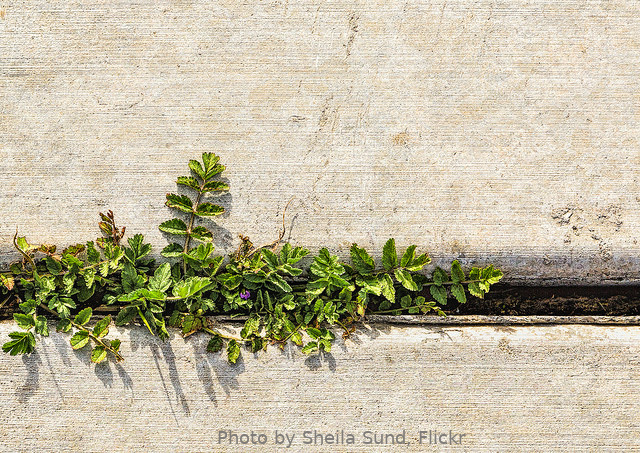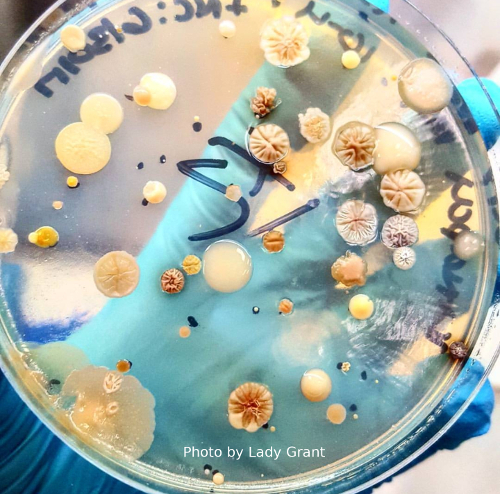
Billions of years before humans learned to survive in sweltering deserts, frozen tundra, or explore space, bacteria and fungi were colonizing new environments. Over time these communities changed their surroundings and helped to shape our planet. The colonization of new environments is known as ecological succession, and is fundamental to the establishment and maintenance of life on our dynamic planet.  When the first plants colonize an island, or a barren glacier forefield becomes a forest, or when plants begin to grow in the cracks in sidewalks we are observing succession.
When the first plants colonize an island, or a barren glacier forefield becomes a forest, or when plants begin to grow in the cracks in sidewalks we are observing succession.
Succession on these “macroscopic” scales is often slow, taking years or decades for noticeable changes to occur. Yet, in the microscopic world ruled by bacteria and fungi, we can see changes over short timescales; changes that pave the way for the thriving community that will emerge. These pioneering microbes engineer a suitable environment for plants to live in, leaving their mark in rocks they break down and the nutrients they add to the soil.
 While ecologists have studied succession of larger organisms for over a century, succession in communities of microscopic organisms has been more difficult to study. Because they are so small, microbial traits are hard to observe directly and only a fraction of them are easily cultivated in the lab. It is still a mystery why certain microbes will come to dominate a particular location or what types of microbes make the most effective colonizers of new environments. Fortunately, we can now take advantage of recent advances in DNA sequencing technologies to help us learn more about the mysterious microscopic world. With this technology and your help, we hope to reveal the identities and secret lives of these microbial explorers.
While ecologists have studied succession of larger organisms for over a century, succession in communities of microscopic organisms has been more difficult to study. Because they are so small, microbial traits are hard to observe directly and only a fraction of them are easily cultivated in the lab. It is still a mystery why certain microbes will come to dominate a particular location or what types of microbes make the most effective colonizers of new environments. Fortunately, we can now take advantage of recent advances in DNA sequencing technologies to help us learn more about the mysterious microscopic world. With this technology and your help, we hope to reveal the identities and secret lives of these microbial explorers.
